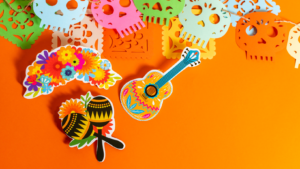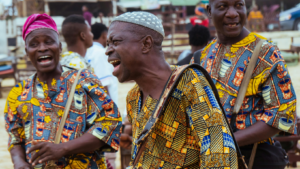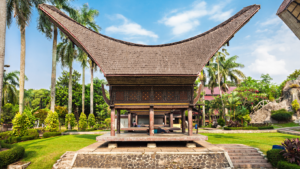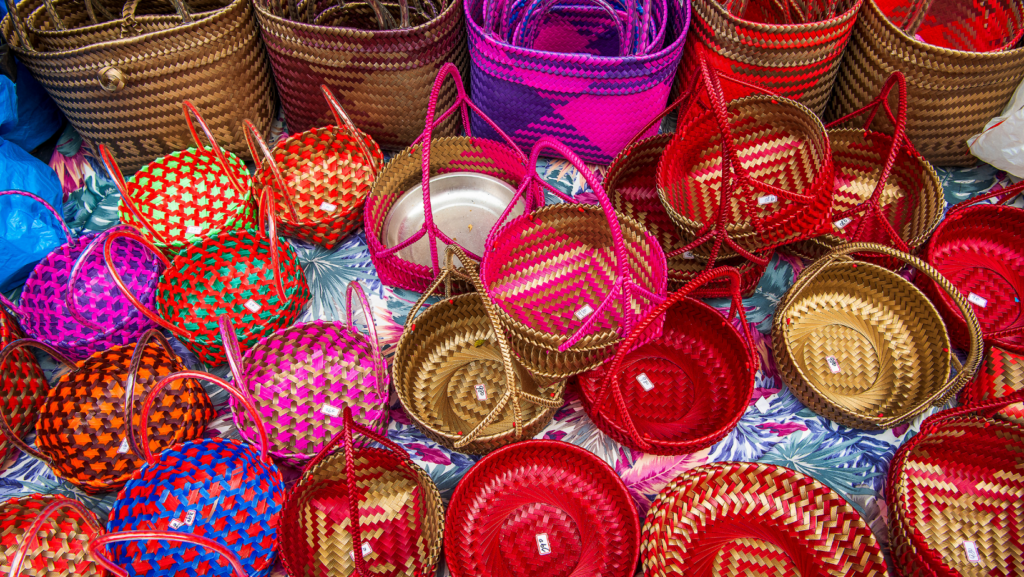Art and local heritage form a vibrant tapestry that weaves the past with the present, creating a unique cultural identity for communities worldwide. As people explore the rich history embedded in their surroundings, they discover how art serves as a powerful medium to preserve and celebrate local traditions. From ancient murals to contemporary installations, art captures the essence of a community’s heritage, offering a glimpse into its collective soul.
Communities often find their unique voices through artistic expression, which in turn fosters a sense of pride and belonging. By embracing and showcasing their cultural heritage through art, they ensure that their stories endure for future generations. This dynamic interplay between art and local heritage not only strengthens cultural ties but also invites outsiders to appreciate and understand the diverse narratives that shape a community’s identity. As more people recognize the value of this connection, they contribute to a global appreciation of the world’s rich cultural mosaic.
Art And Local Heritage

Art and local heritage shape community narratives. Artworks, like sculptures and paintings, embody traditional values and historical narratives. By representing local customs, they visually capture the cultural essence of an area. These pieces offer insight into the social and historical contexts of their origin.
Heritage reflects shared practices and beliefs. Celebrations and rituals demonstrate how communal values are preserved over time. This preservation is evident in events that resonate with historical significance. Examples include local festivals or traditional ceremonies, where artistic elements play crucial roles.
The Role Of Art In Preserving Local Culture
Art plays a vital role in maintaining the cultural legacy of communities. It acts as a dynamic tool for documentation and communication, preserving the essence of local heritage through various forms.
Visual Arts And Traditional Crafts
Visual arts and traditional crafts provide a tangible connection to heritage. Paintings, pottery, and textiles often showcase local stories and symbols, linking past and present. For example, indigenous weaving methods preserve ancestral knowledge, while folk art reflects community values. Artists adapt traditional techniques, ensuring that cultural expressions remain vibrant and relevant.
Public Art And Cultural Significance
Public art infuses cultural narratives into shared spaces, enhancing community identity. Murals, statues, and installations celebrate history and provoke dialogue. For instance, sculptures in public parks can memorialize significant local events. Community-driven projects empower citizens to shape their surroundings, fortifying cultural pride and awareness across generations.
Influential Artists And Movements

Art influences local heritage by showcasing regional narratives through creative expression. Artists and movements play critical roles in shaping cultural identities.
Local Artists Shaping Heritage
Local artists depict cultural nuances by incorporating traditional elements into their works. For instance, Diego Rivera from Mexico transformed heritage into public murals, capturing indigenous traditions. Similarly, Yayoi Kusama integrates Japanese motifs, like the pumpkin, in avant-garde installations, celebrating her cultural roots. These artists preserve unique heritages through their distinct styles, ensuring cultural continuity.
Art Movements Impacting Cultural Preservation
Art movements often act as catalysts for cultural preservation. The Harlem Renaissance in the United States highlighted African American heritage by promoting black cultural expression in literature, music, and art. Meanwhile, the Mexican Muralism movement utilized large-scale murals to reflect social realities and historical narratives. These movements encourage communities to embrace cultural identities, strengthening heritage in public consciousness.
Challenges In Maintaining Local Heritage
Preserving local heritage faces multiple challenges amidst rapid societal changes. Key issues arise from modernization and funding constraints affecting efforts to sustain cultural identity.
Modernization And Cultural Erosion

Cultural erosion occurs as modern influences overshadow traditional practices. Urbanization and technological advances, for example, can lead communities to prioritize contemporary lifestyles over heritage preservation. This shift often results in the loss of traditional art forms and languages, diminishing cultural diversity. Cultural engagement declines as younger generations gravitate towards globalized trends, further jeopardizing the transmission of local customs.
Funding And Resource Allocation
Funding constraints significantly impact heritage preservation efforts. Limited financial resources hinder the maintenance of historical sites and the creation of educational programs aimed at cultural preservation. Public sector cuts in cultural budgets, for instance, often force communities to rely on private donations and grants. Resource allocation becomes challenging, with decisions needing to strike a balance between modern development and heritage conservation.



